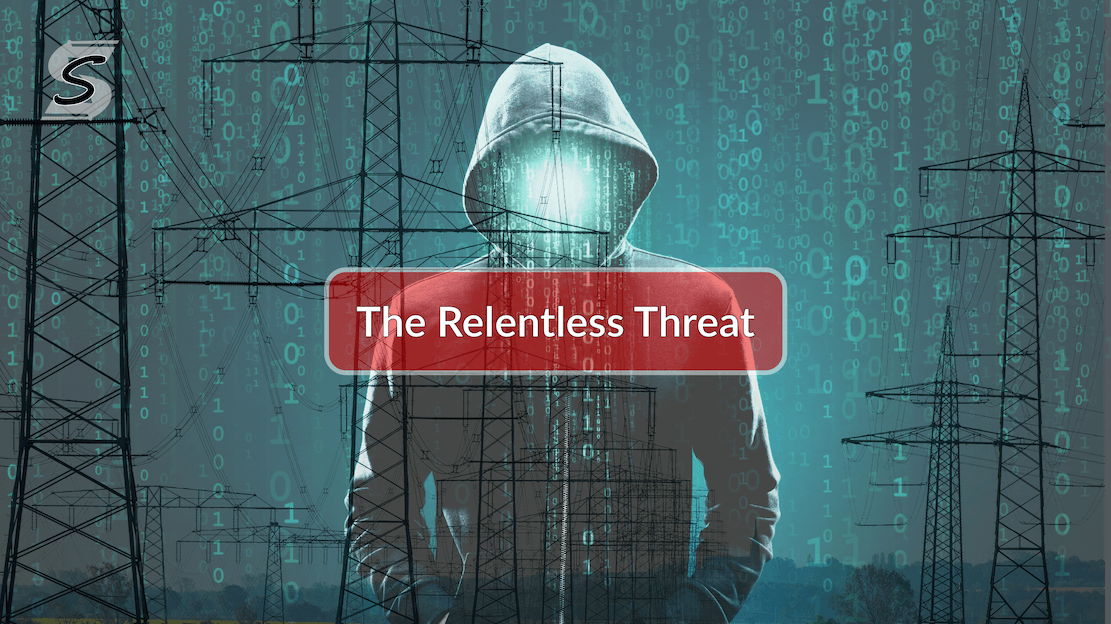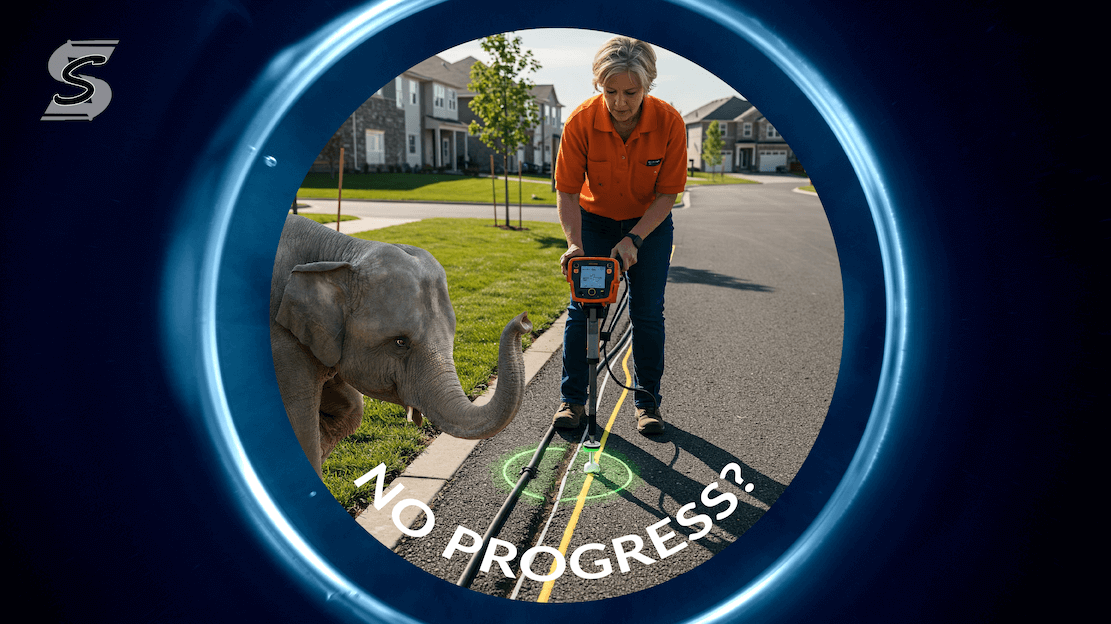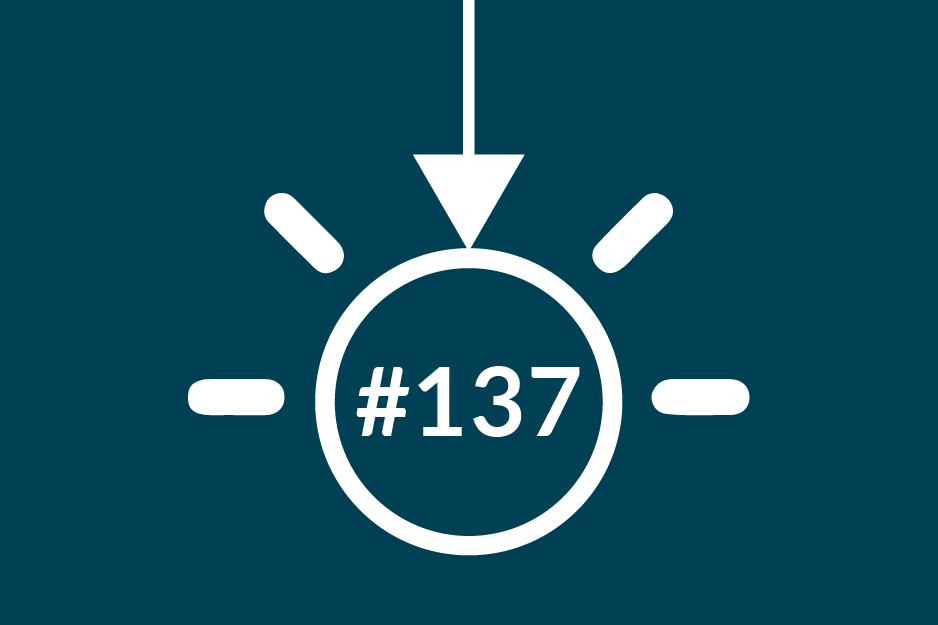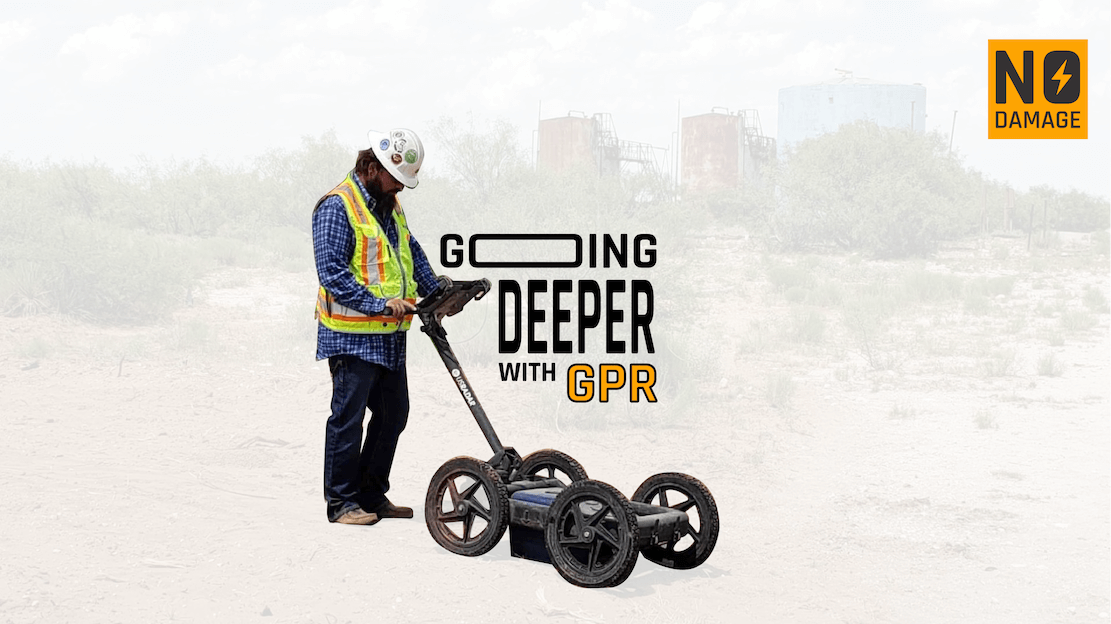
The summer months are particularly challenging for utility locating companies, as the peak construction and excavation season increases the risks to underground utilities and the health of workers. Creating a safe and efficient working environment for utility locators requires more than just adhering to standard practices; it demands a strategic approach to planning, communication, and worker safety, particularly in the face of extreme weather conditions.
SAFETY AND COMFORT
One of the most critical aspects of managing utility locating operations during summer is ensuring the safety and comfort of workers exposed to high temperatures. Companies must implement comprehensive heat safety protocols to protect their employees from heat-related illnesses. This includes mandatory breaks in shaded or air-conditioned areas, ample hydration with water and electrolyte drinks, and the provision of cooling accessories like neck gaiters and cooling vests.
Equipping workers with appropriate clothing is also essential. Light-colored, breathable fabrics can help reduce heat absorption, while wide-brimmed hats or caps with neck flaps offer protection from direct sunlight. Regular training on recognizing signs of heat exhaustion and heat stroke, such as dizziness, nausea, and confusion, is crucial. Workers should be encouraged to monitor their own physical condition and that of their coworkers. They should report symptoms such as dizziness, nausea, headache, or confusion to their supervisor immediately and seek medical attention if necessary. Early recognition and treatment are critical in preventing serious health issues. OSHA
PLANNING
Effective planning and coordination are vital for minimizing risks and ensuring efficient operations during the busy summer season. Utility locating companies should participate in or establish local utility coordination committees that bring together utility companies, municipalities, and contractors. These committees facilitate the sharing of information about upcoming projects and potential risks, enabling more informed decision-making.
Pre-dig meetings are another essential component of strategic planning. These meetings, involving all relevant parties, provide a platform to discuss the locations of underground utilities and review safety protocols. This collaborative approach ensures that everyone is aware of the potential hazards and the measures in place to mitigate them.
LEVERAGING TECH
Advanced technology plays a significant role in enhancing the accuracy and efficiency of utility locating operations. While standard practices like maintaining updated maps and using GIS systems are fundamental, incorporating real-time monitoring systems and utilizing your ticket management system can offer an additional layer of protection. Sensors and monitoring systems that detect vibrations or disruptions near critical utility lines can provide real-time alerts, allowing for swift preventative action.
Additionally, incorporating a ticket management system (TMS) with advanced routing options can enhance worker safety and efficiency. If your TMS includes data on sheltered areas or rest locations, you can plan routes that allow for regular breaks in shaded or air-conditioned spaces. This feature helps protect workers from extreme heat conditions, ensuring they have opportunities to rest and rehydrate, which is essential for maintaining their health and productivity during the summer months.
PROACTIVITY
Despite the best planning and precautions, incidents can still occur. Therefore, having a well-developed incident response plan is imperative. These plans should outline immediate repair procedures and establish clear communication protocols with emergency services. Regular drills and rehearsals of these plans ensure that all team members are prepared to respond quickly and effectively in case of an emergency.
Educating the community and the public about the importance of protecting underground utilities is also essential. Public awareness campaigns can highlight the dangers of unmarked digging and promote the use of services like 811 before starting any excavation projects. Distributing educational materials and hosting workshops further reinforce the message and encourage proactive participation in utility safety.
CONCLUSION
Utility locating companies play a critical role in protecting underground utilities and ensuring the resilience of essential infrastructure during the busy and hot summer months. By prioritizing worker safety, enhancing strategic planning and coordination, leveraging advanced technology, maintaining clear communication, and fostering public awareness, these companies can minimize risks and create a safer, more efficient working environment. These efforts not only safeguard the utilities but also ensure the well-being and productivity of the utility locators who operate under challenging conditions.
Share this Post












